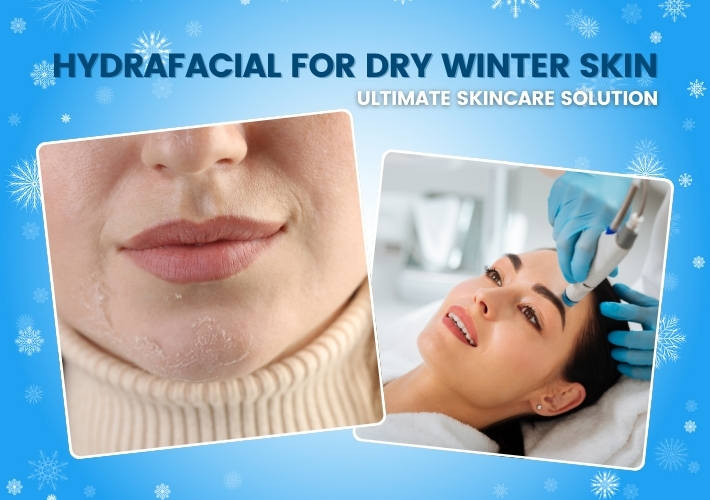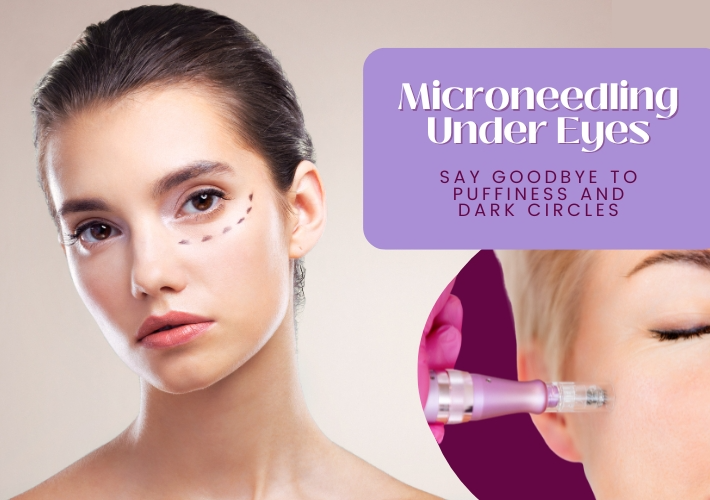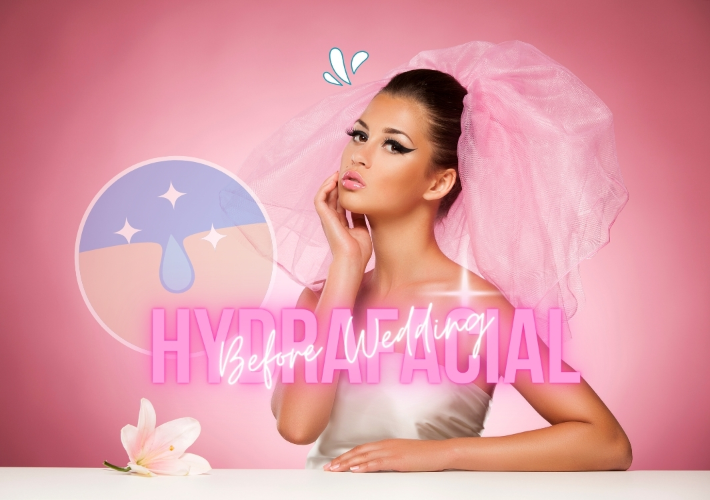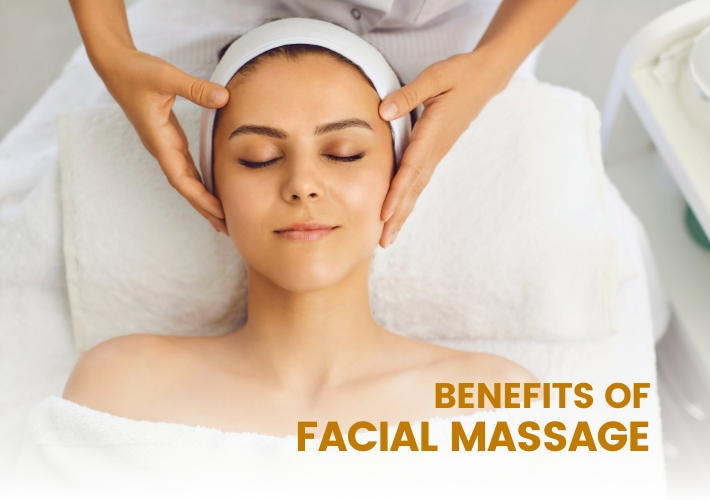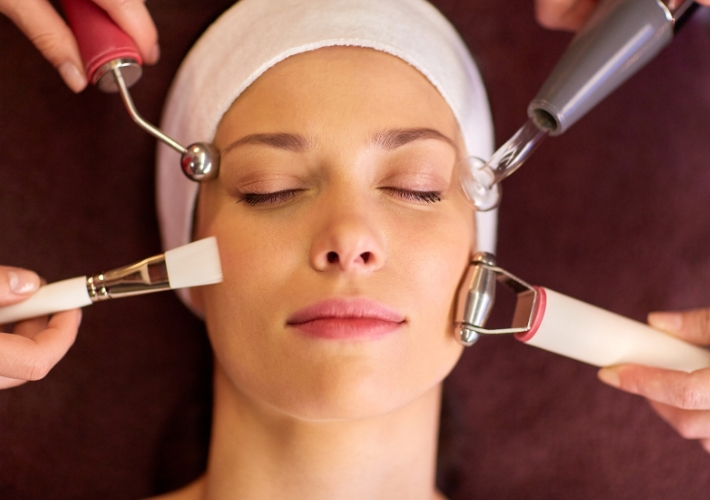
Welcome to the ultimate guide on how often you should get a HydraFacial – the revolutionary skincare treatment that has taken the beauty world by storm. In this article, we will delve into the world of HydraFacials and provide you with all the information you need to determine the ideal frequency for this rejuvenating treatment.
Whether you’re a skincare enthusiast or new to the concept, we understand that finding the right balance can be tricky. That’s why we’ve gathered expert insights and scientific research to help guide your decision-making process.
With the ability to deeply cleanse, exfoliate, and hydrate your skin, HydraFacials offer unparalleled results. But how often should you indulge in this pampering experience? While every individual is unique and has different skincare needs, we will explore various factors that can influence the frequency of your HydraFacial sessions, including your skin type, concerns, and goals.
Join us on this informative journey as we help you navigate the world of HydraFacials, empowering you to make informed decisions about your skincare routine. Get ready to discover the ideal frequency for achieving that radiant, healthy glow you’ve always dreamed of.
What Is a HydraFacial?

Before we dive into the frequency of HydraFacial treatments, let’s first understand what exactly a HydraFacial is. A HydraFacial is a non-invasive, multi-step facial treatment that combines the benefits of hydradermabrasion, chemical peels, and extractions to cleanse, exfoliate, and hydrate the skin. This unique approach to skincare uses a specialized machine that delivers a blend of cleansers, exfoliants, and serums to address a wide range of skin concerns.
The HydraFacial treatment begins with a thorough cleansing of the skin, followed by a gentle exfoliation to remove dead skin cells and unclog pores. Next, a specialized tool is used to extract impurities, such as blackheads and whiteheads, from the skin. Finally, a nourishing serum is applied to hydrate and protect the skin, leaving it looking refreshed and rejuvenated.
For those curious about how this treatment can transform your skincare routine, discover the unparalleled benefits of Arlington’s hydrafacial treatments.
Factors to Consider When Determining Frequency

Determining the ideal frequency of HydraFacial treatments depends on several factors, including your skin type, concerns, and goals. While there is no one-size-fits-all answer, we can provide some general guidelines to help you make an informed decision.
1. Skin Type
Different skin types have varying needs when it comes to skincare. If you have oily or acne-prone skin, you may benefit from more frequent HydraFacial treatments to keep your pores clear and control excess oil. On the other hand, if you have dry or sensitive skin, you may need to space out your treatments to avoid over-exfoliation and maintain the skin’s natural moisture balance.
2. Age
Age can also play a role in determining how often you should get a HydraFacial. Younger individuals with fewer skin concerns may choose to get treatments less frequently, while those with more mature skin or specific concerns like fine lines and wrinkles may opt for more regular sessions to target their specific needs.
3. Lifestyle
Your lifestyle can impact the frequency of HydraFacial treatments. Factors such as exposure to environmental pollutants, sun damage, and stress can all affect the health and appearance of your skin. If you live in a highly polluted area or spend a lot of time in the sun, you may need more frequent treatments to combat these effects.
It is important to note that these are general guidelines, and it is always best to consult with a skincare professional who can assess your skin’s specific needs and recommend the ideal frequency of HydraFacial treatments.
Skin Type and HydraFacial Frequency
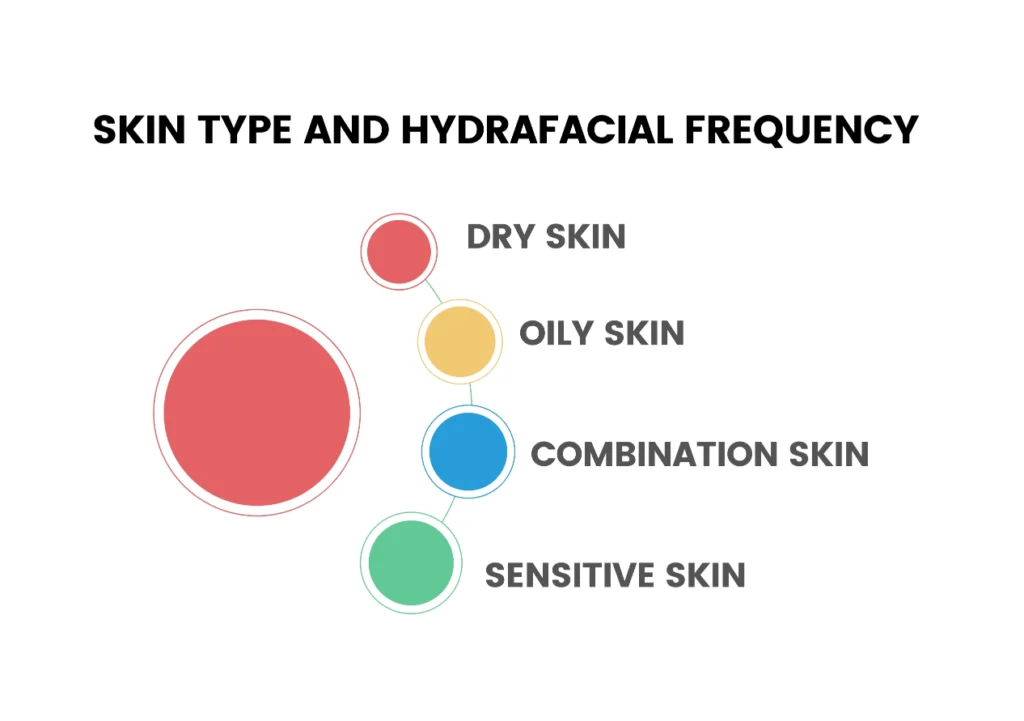
Understanding your skin type is crucial when determining how often you should get a HydraFacial. Each skin type has its specific characteristics and requirements, and tailoring your treatment frequency to your skin’s needs can optimize the results.
1. Dry Skin
If you have dry skin, you may benefit from more frequent HydraFacials to combat dehydration and promote a healthy moisture balance. Dry skin tends to lack natural oils, leading to flakiness and a dull complexion. A HydraFacial every two to three weeks can replenish moisture levels, improve texture, and enhance overall skin health.
2. Oily Skin
Individuals with oily skin often have enlarged pores, excess sebum production, and a tendency for breakouts. HydraFacials can effectively deep-cleanse and exfoliate the skin, reducing oiliness and preventing acne. For oily skin, getting a HydraFacial once a month can help maintain a balanced complexion and minimize the appearance of pores.
3. Combination Skin
Combination skin is characterized by having both dry and oily areas, typically with an oily T-zone (forehead, nose, and chin) and drier cheeks. For this skin type, a HydraFacial every three to four weeks can address both the dryness and excess oil, providing hydration and reducing breakouts.
4. Sensitive Skin
Sensitive skin requires gentle yet effective care to avoid irritation and inflammation. HydraFacials can be customized to suit sensitive skin types, using soothing serums and avoiding harsh exfoliation. Depending on the sensitivity level, a HydraFacial every four to six weeks may be suitable to maintain a healthy complexion without causing any adverse reactions.
If you’re looking to specifically address symptoms of dehydrated skin, a personalized consultation for a HydraFacial can offer targeted solutions.
Age and HydraFacial Frequency

Age plays a significant role in determining how often you should get a HydraFacial. As we age, our skin goes through various changes, and adapting our skincare routine to these changes can optimize the benefits of HydraFacials.
1. Teenagers
Teenagers experiencing hormonal changes and acne breakouts may benefit from more frequent HydraFacials, typically every two to three weeks. These treatments can help cleanse pores, reduce inflammation, and prevent future breakouts, promoting clearer and healthier skin.
2. Twenties to Thirties
In your twenties and thirties, your skin is generally more resilient and youthful. A HydraFacial once a month can help maintain its health, address early signs of aging, and serve as a preventive measure against future skin concerns. This frequency can support a glowing complexion and delay the visible effects of aging.
3. Forties and Beyond
As we enter our forties and beyond, our skin naturally begins to lose elasticity, experiences a decrease in collagen production, and may develop fine lines and wrinkles. To combat these signs of aging, getting a HydraFacial every three to four weeks can promote collagen synthesis, improve skin firmness, and reduce the appearance of wrinkles, providing a more youthful and rejuvenated complexion.
Lifestyle and HydraFacial Frequency
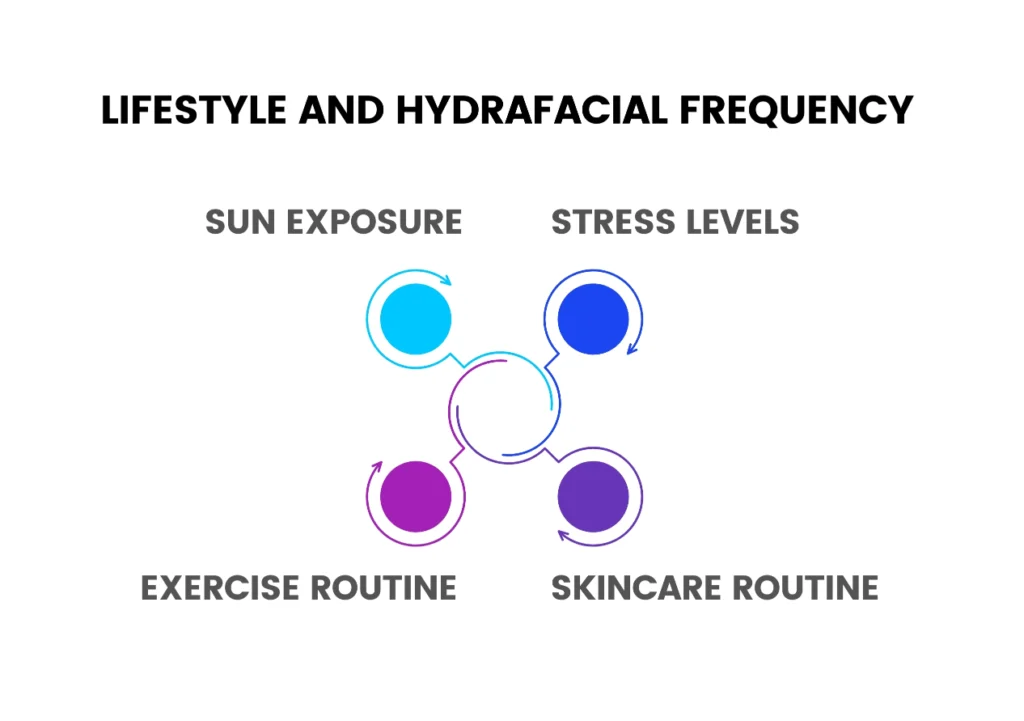
Your lifestyle choices and daily habits can significantly impact the health and appearance of your skin. Considering these factors when determining how often you should get a HydraFacial can ensure that you’re providing your skin with the care it needs.
1. Sun Exposure
If you spend a significant amount of time in the sun or engage in outdoor activities regularly, your skin may be more prone to sun damage, hyperpigmentation, and premature aging. In this case, getting a HydraFacial every three to four weeks can help reverse sun damage, even out skin tone, and keep your complexion looking fresh and youthful.
2. Stress Levels
High levels of stress can take a toll on your skin, leading to breakouts, inflammation, and a dull complexion. Incorporating HydraFacials into your skincare routine every three to four weeks can provide a much-needed relaxation session while simultaneously addressing stress-related skin concerns. The soothing nature of the treatment can help reduce stress levels and promote overall skin health.
3. Exercise Routine
Regular exercise is essential for overall health, but it can also impact your skin. Sweating during workouts can lead to clogged pores and breakouts if not properly addressed. If you have an active exercise routine, consider getting a HydraFacial every two to three weeks to keep your skin clean, clear, and free from exercise-induced impurities.
4. Skincare Routine
Your daily skincare routine also plays a role in determining the frequency of your HydraFacial sessions. If you follow a diligent skincare regimen that includes regular cleansing, exfoliating, and moisturizing, you may find that a HydraFacial every four to six weeks is sufficient to maintain your skin’s health and radiance. However, if your skincare routine is less comprehensive, more frequent HydraFacials may be necessary to provide a deeper cleanse and rejuvenation.
Consultation with a Skincare Professional

To determine the ideal frequency of HydraFacial treatments for your skin, it is highly recommended to schedule a consultation with a skincare professional. These experts have in-depth knowledge and experience in assessing various skin types and conditions, and can provide personalized recommendations based on your specific needs.
During your consultation, the skincare professional will evaluate your skin type, concerns, and goals, and take into consideration any underlying conditions or sensitivities. They will also discuss your current skincare routine and lifestyle factors that may impact the health of your skin. Based on this comprehensive assessment, they will recommend a suitable frequency that aligns with your skincare goals.
Maintaining HydraFacial Results at Home
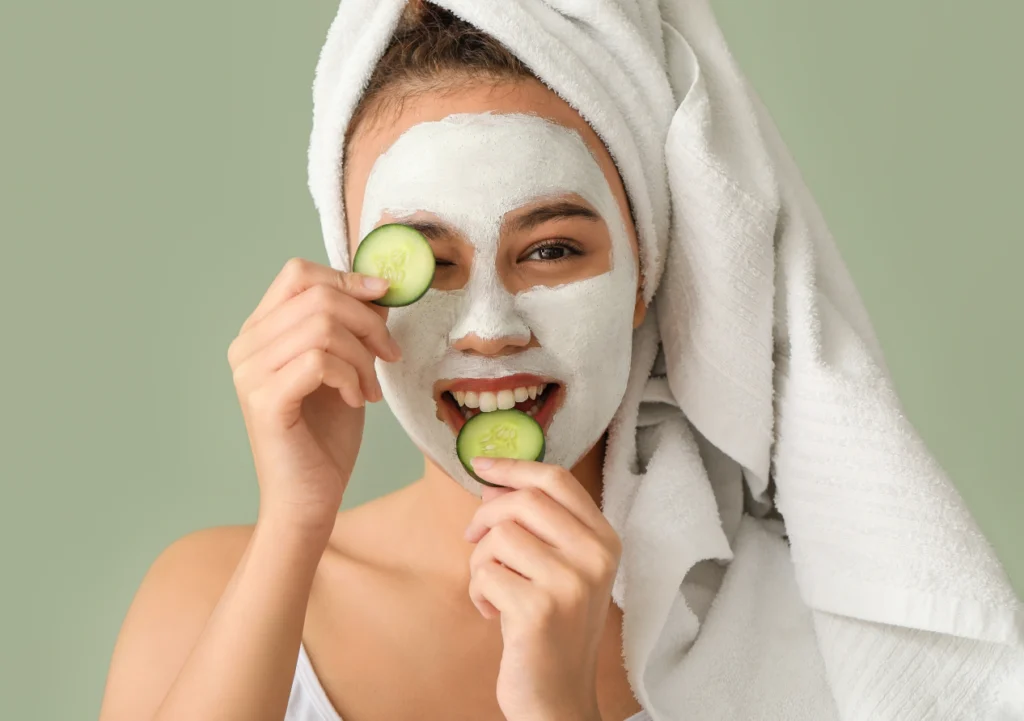
While regular HydraFacial treatments can work wonders for your skin, it is equally important to maintain the results at home. A consistent and effective skincare routine can enhance the benefits of your HydraFacial treatments and help prolong their effects.
Start by using a gentle cleanser twice a day to remove dirt, oil, and impurities from your skin. Follow it up with a moisturizer that is suited to your skin type to keep your skin hydrated and nourished. Additionally, don’t forget to apply a broad-spectrum sunscreen with at least SPF 30 every day to protect your skin from harmful UV rays.
Depending on your skin concerns, you may also incorporate targeted treatments such as serums or masks into your routine. These can help address specific issues like hyperpigmentation, fine lines, or acne. However, it is important to follow the instructions provided by your skincare professional and avoid overusing any products that may irritate or sensitise your skin.
Conclusion
In conclusion, determining how often you should get a HydraFacial is a personal decision that depends on various factors such as your skin type, concerns, and goals. While there are general guidelines to consider, it is always best to consult with a skincare professional who can provide personalized recommendations based on your unique needs.
HydraFacials offer a range of benefits, from deep cleansing and exfoliation to hydration and improved skin texture. By understanding your skin’s specific requirements and maintaining a consistent at-home skincare routine, you can maximize the results of your HydraFacial treatments and achieve that radiant, healthy glow you’ve always dreamed of.
Book an Appointment
Revitalize your skin in Arlington, VA with top-notch facials and peels. Book your transformation today!
Book NowLocated in Arlington, VA
Our Top Treatments
Recent Blogs
-
HydraFacial Neck and Decollete: Experience Radiant Skin from Head to Chest
-
5 Tips for Managing Oily Dehydrated Skin: Your Guide to a Healthy Glow
-
Microneedling Under Eyes: Say Goodbye to Puffiness and Dark Circles!
-
Hydrafacial Before Wedding: Get Ready to Glow on Your Special Day
-
Ultimate Skincare Solution: The Power of Hydrafacial for Dry Winter Skin
-
Understanding Dermaplaning Facial: A Comprehensive Guide to Beauty Secrets
-
7 Winter Skin Care Tips for Arlington Adults to Keep Their Skin Healthy
-
Discover the Incredible Benefits of Facial Massage
-
The Secrets of Skincare: Dive into the 7 Steps of Hydrafacial Treatment
-
Hydration vs. Moisture: What Does Your Skin Really Need?

